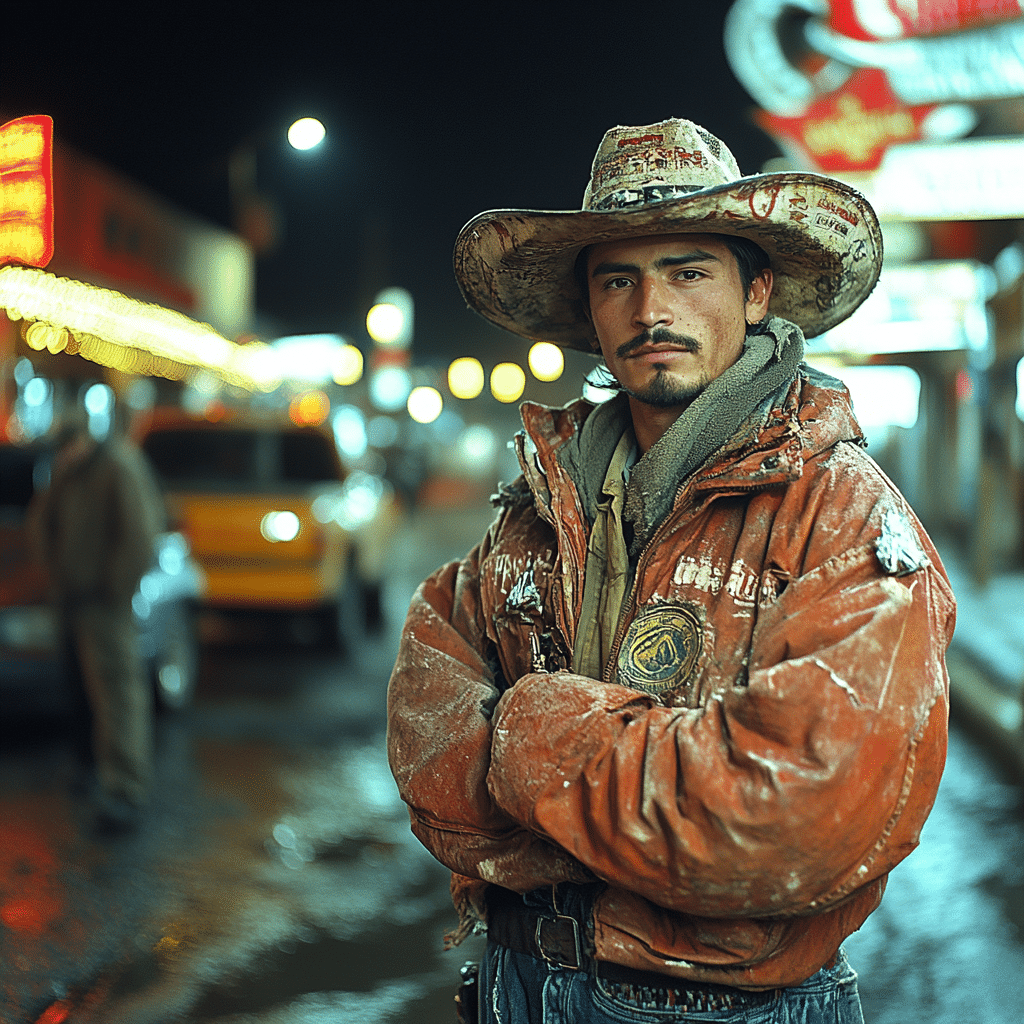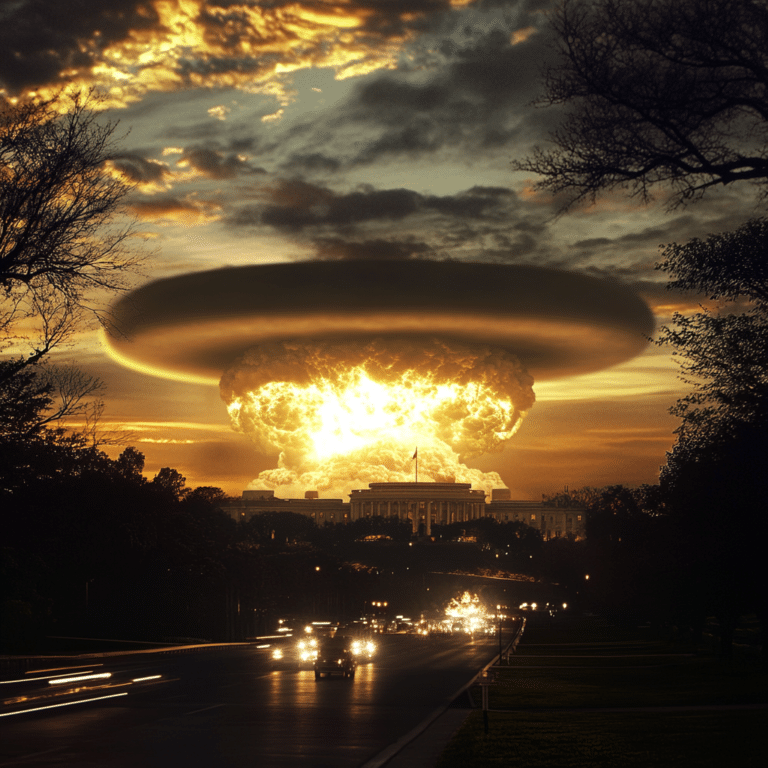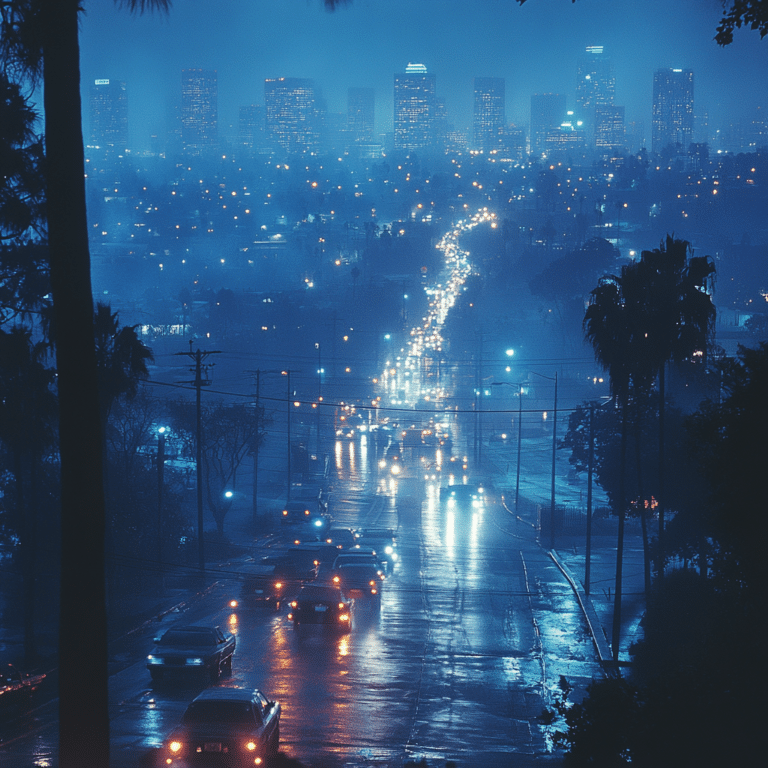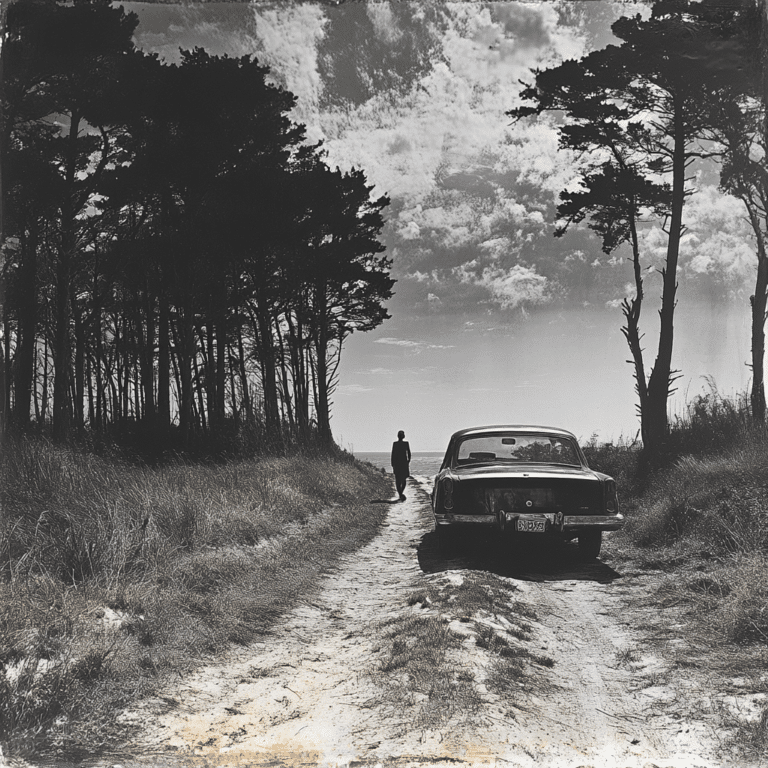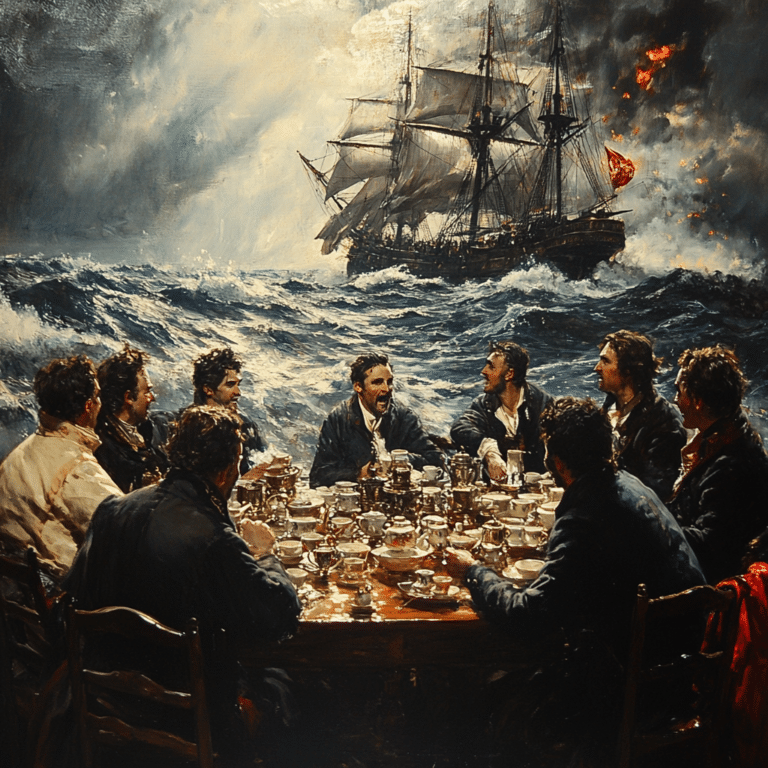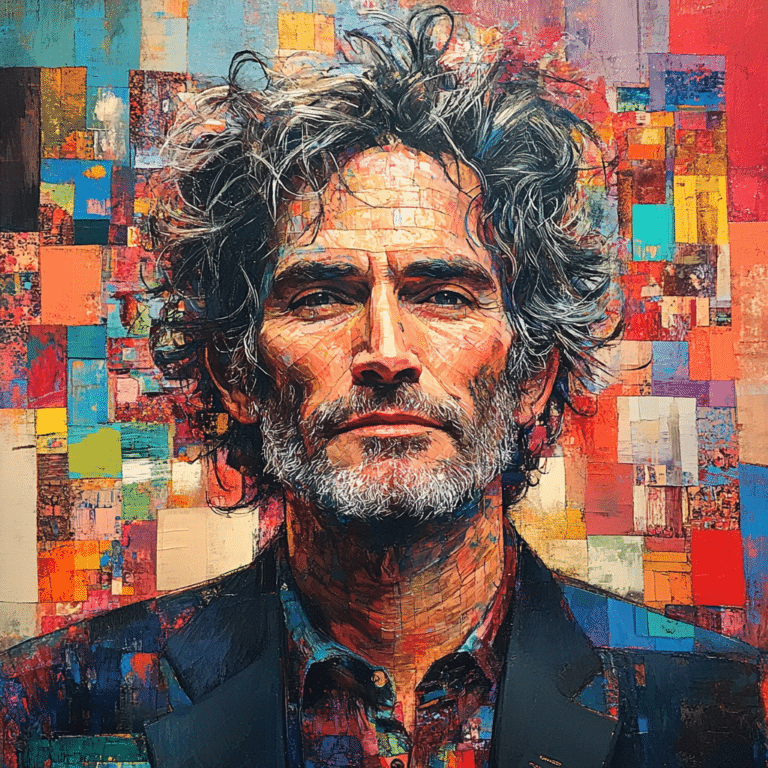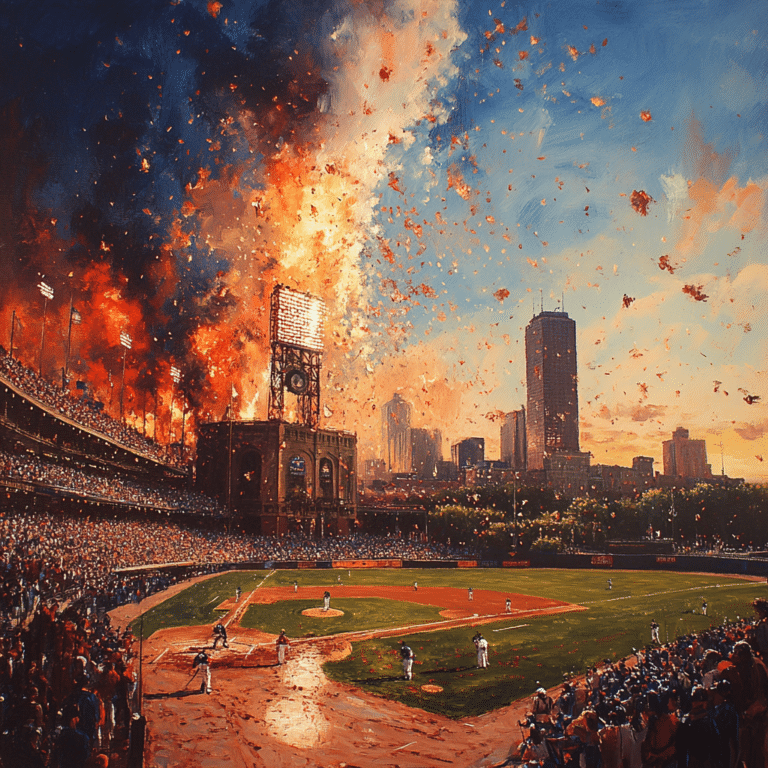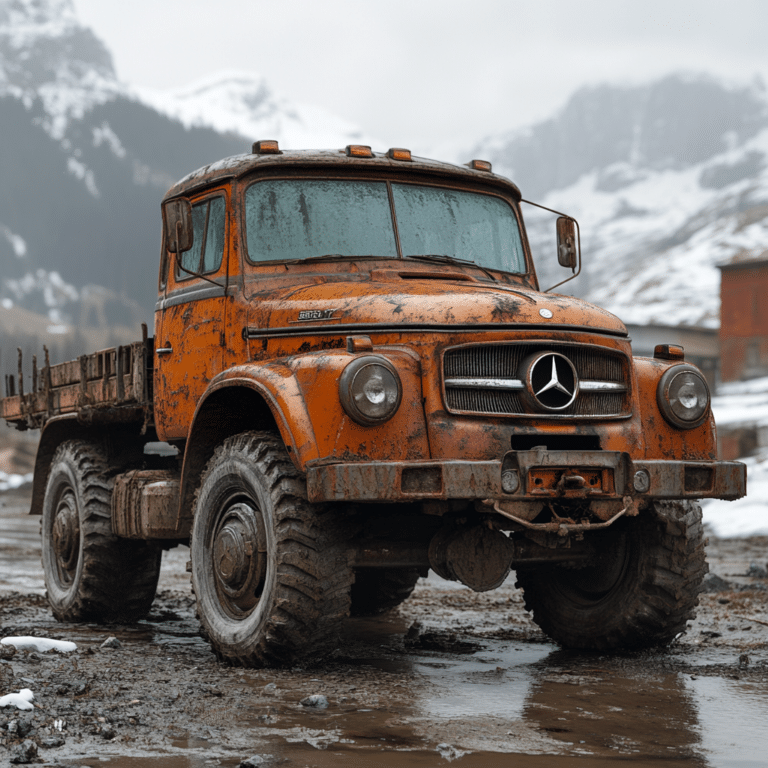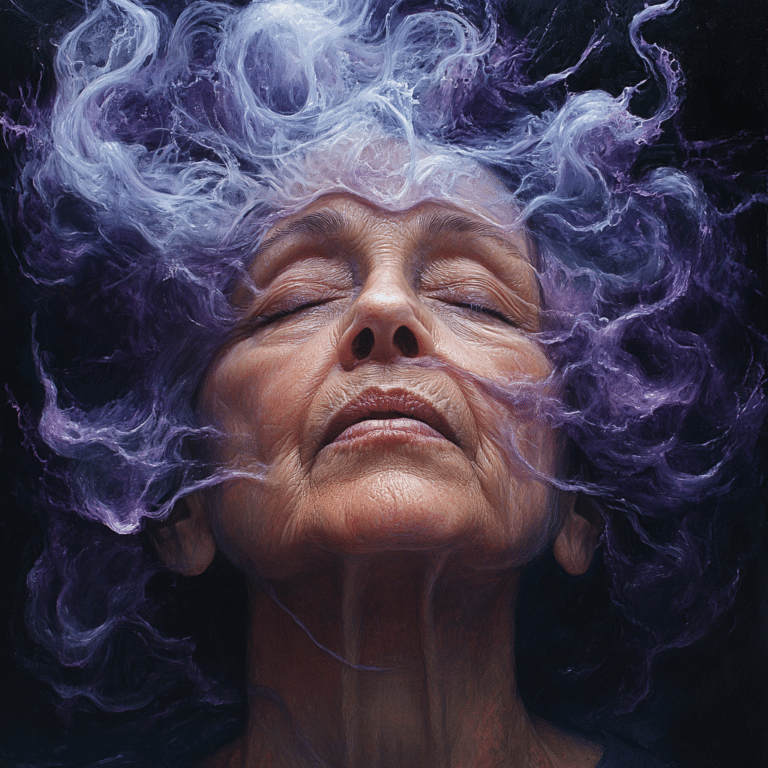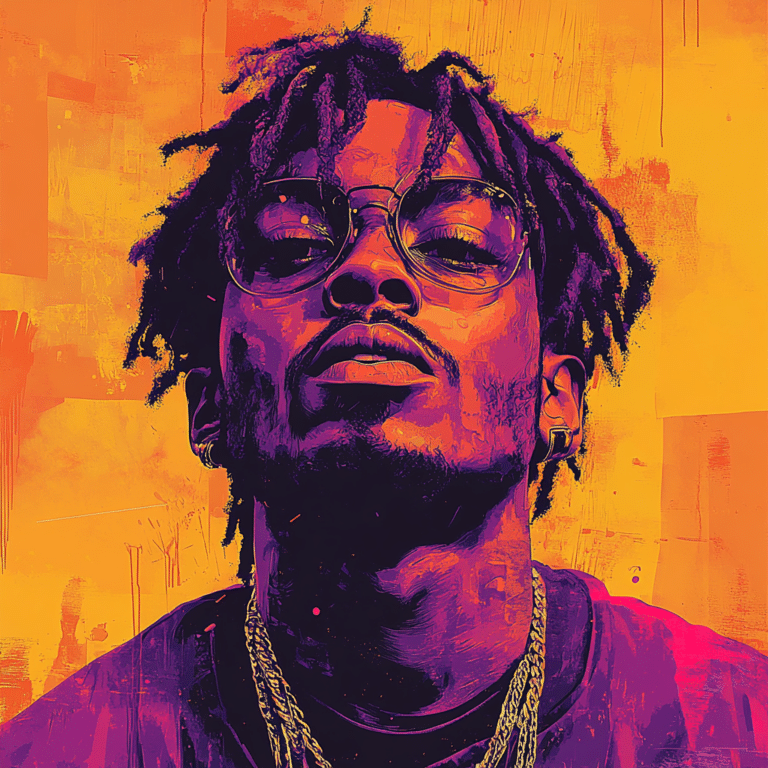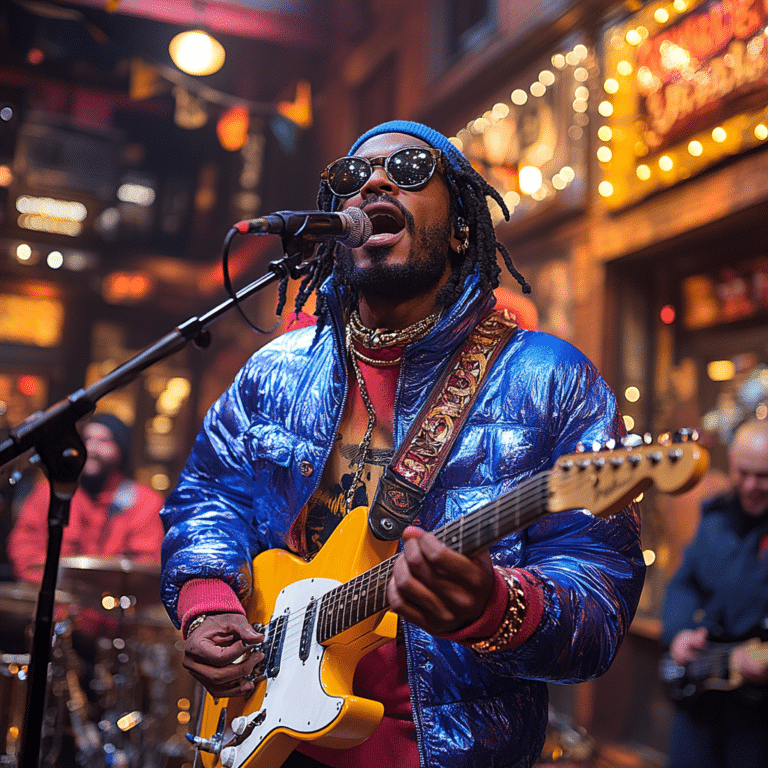As we dive into the alarming rise of Mexican drug cartels in Montana, we realize that this stunning state is no longer immune to the devastating drug crisis that has been rocking our nation. Traditionally seen as a problem confined to border areas, the influence of these criminal organizations has now infiltrated Montana’s heartland. With sprawling wilderness and a low population density, the state presents an attractive environment for cartels looking to establish their foothold. So, how did Montana evolve into a battlefield for these violent groups? Let’s explore their tactics, community impacts, and the daunting challenges faced by law enforcement.
The Rise of Mexican Drug Cartels in Montana
In recent years, the state has borne witness to the direct consequences of the Mexican drug trade. These cartels are smart—using Montana’s vast, rural areas to their advantage. Cartels like Sinaloa and CJNG are leveraging small-town distributors, remaining under the radar and pushing drugs like methamphetamines and the increasingly common fentanyl. Between 2022 and 2023, law enforcement reported a staggering increase in drug overdoses across the state, reflecting the alarming level of infiltration by these organizations.
But what are these cartels exactly up to? They employ multifaceted strategies—buying off local players, intimidating law enforcement, and even establishing synthetic drug manufacturing operations in secluded cabins. As cartel operations expand, Montanans find themselves grappling with an escalating public health crisis while feeling a sense of urgency and fear of crime that many never expected to face in their communities.
So, what’s the bottom line? It’s clear that Mexican drug cartels in Montana aren’t just a passing trend; they are a growing threat that can no longer be ignored. As the battle rages on, the stakes get higher for the residents, law enforcement, and the state at large.
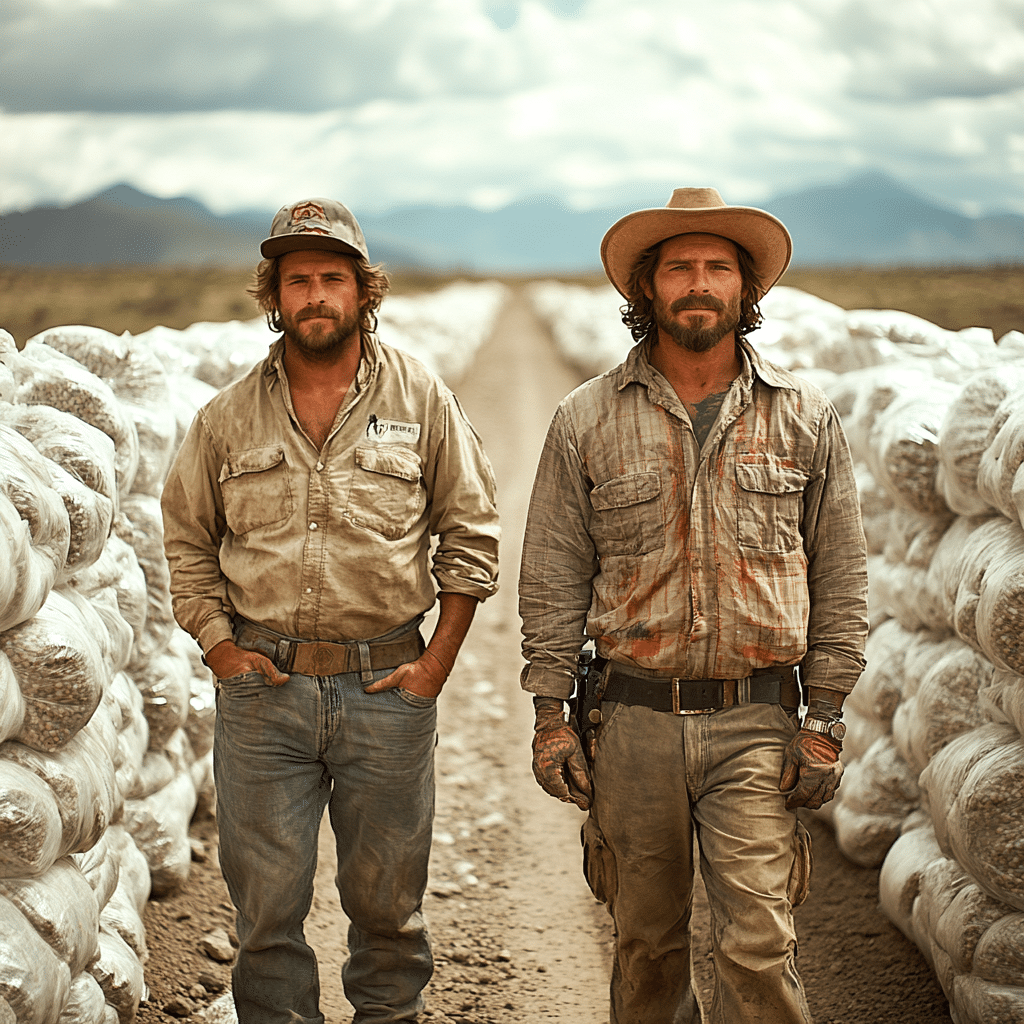
Top 5 Mexican Cartel Operations in Montana
The Sinaloa cartel, notorious for its control of various drugs, particularly cocaine and heroin, has firmly established distribution networks across Montana. Even after Joaquín “El Chapo” Guzmán was captured, the remnants of his empire found a way to stay in the game, connecting with local distributors who blend into small-town life. This makes it increasingly difficult for law enforcement to track their operations.
Not one to back down, the Jalisco New Generation Cartel (CJNG) has seen aggressive expansion into Montana. With their synthesized opioids flooding cities like Billings, they serve as a harsh reminder of the serious public health crisis brewing in the state. Their penchant for violence in enforcing control over local routes sends a clear message: they’re here to stay.
It’s crucial to note that Mexican drug cartels in Montana don’t operate solo. Local gangs, including factions like the Aryan Brotherhood, have begun aligning themselves with these cartels, leading to an uptick in violence in previously safe areas. This collaboration spells trouble for both law enforcement and community members who find their routines disturbed by the chaos.
One of the more alarming tactics involves the establishment of clandestine synthetic drug labs hidden within Montana’s rugged terrain. These production sites are often located in abandoned cabins, posing unique challenges for law enforcement. The increased discovery of such sites exposes just how deep the problem runs.
Montana law enforcement is feeling the heat and it’s palpable. With dwindling resources being overwhelmed by sophisticated cartel operations, law enforcement agencies are being forced to rethink their strategies to tackle this growing issue. In 2024, the need for state and federal funding to counter these operations has never been greater.
Impact of Mexican Drug Cartels on Public Health in Montana
The ramifications of the Mexican drug cartels in Montana extend far beyond the criminal world; they’re reshaping the landscape of public health in the state. With a pronounced increase in fentanyl-related overdoses, local hospitals are buckling under the pressure, struggling to keep up with the rising tide of addiction.
Community outreach programs are desperately trying to find ways to combat this crisis. They aren’t just reacting; they’re actively working to mitigate the fallout stemming from the breach created by these cartels. Yet, the struggle is real, as they face an uphill battle against a crisis that heavily intertwined with cartel networks.
The urgency of combating addiction cannot be overstated. Each day that passes without adequate action places more lives at risk. A coordinated, multi-faceted approach is necessary if we hope to stand any chance at reclaiming our communities and restoring the sense of safety that so many Montanans took for granted.
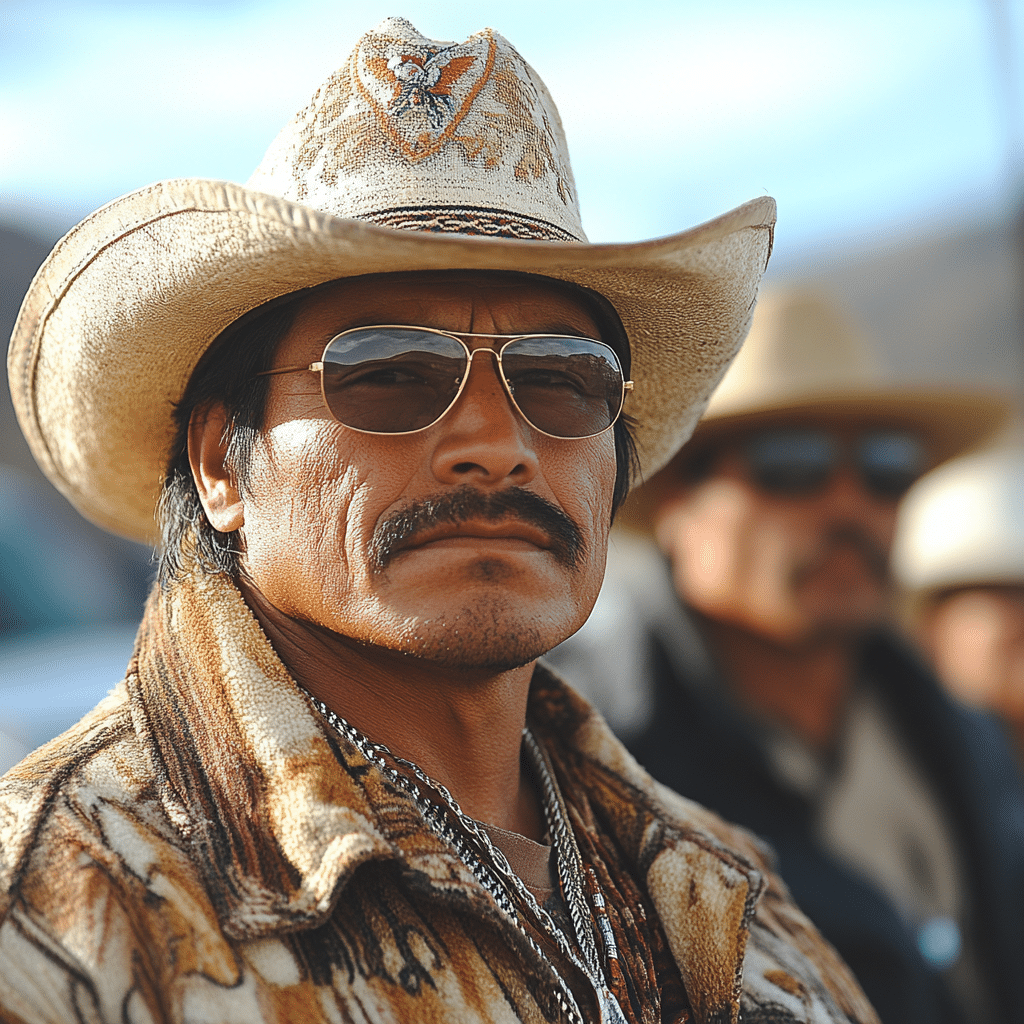
Law Enforcement Strategies Against Cartel Influence
Faced with ongoing challenges, Montana’s law enforcement agencies are not sitting idly by. They’re implementing strategies that incorporate increased surveillance, community liaison programs, and strong partnerships with federal agencies like the DEA. But let’s be real—the effectiveness of these strategies often feels like an uphill battle against organizations that adapt faster than we can respond.
Communities are also getting involved, building grassroots efforts to strengthen local safety networks. However, the stakes are high; if law enforcement can’t keep pace, it leaves the door wide open for these cartels to gain more control. The situation calls for urgency, resource allocation, and community involvement to address the growing threat.
The Future: Will Montana Become a Permanent Territory for Cartels?
As local communities grapple with this new reality, the potential long-term presence of Mexican drug cartels in Montana looms large. Economic disparities and under-resourced law enforcement could create fertile ground for these drugs traffickers to dig in and stake a claim.
So, what does the future hold? We face a crucial moment in Montana’s history. The courage and creativity of law enforcement and community members will dictate whether this state will succumb to the reach of these drug cartels or reclaim its safety. As we forge ahead, a multi-layered community strategy, founded on education, prevention, and effective policing, will be essential in facing these challenges.
Montanans must come together against this threat. By standing strong and united, we can light a path to a safer future, free from the insidious grip of Mexican drug cartels.
In closing, as the fight against drugs continues, we owe it to ourselves and to our children to remain vigilant. The activists, the legislators, and the local heroes standing against this tide deserve our attention—and our support. This battle isn’t just about drugs; it’s about community strength, American resolve, and ensuring a future where Montana remains a land of freedom, safety, and opportunity for all.
Mexican Drug Cartels Montana: Trivia and Interesting Facts
The Surprising Spread of Influence
Did you know that Montana, often seen as quiet and rugged, has become a playground for the mexican drug cartels montana? These cartels have cleverly adapted their operations, shifting from borders to the snowy landscapes of the Northwest. This unexpected infiltration into a state known for its natural beauty has raised concerns, especially with the rise of drug abuse related to trafficking. Oddly enough, it’s not just drugs that have crossed state lines; even shocking incidents, similar to the Las Vegas shooter, highlight the chaotic impacts of cartel activities.
A Shift in Crime Dynamics
Interestingly, the conflicts among drug trafficking organizations bring about changes in crime dynamics in many states, including Montana. The state’s vast areas make it a strategic point for transporting illicit goods, which is a stark contrast to its peaceful reputation. It’s a captivating mix—one could almost say the allure of a sls lifestyle is drawing some into a world of crime. Ever hear of the famous actress Selma Hayek? While she represents glamour, Montana’s cartel problems paint a strikingly different picture, showing a side of America often ignored by mainstream media.
Lesser-Known Facts
As it turns out, Mexican drug cartels montana aren’t just about drugs—they’re weaving a web of illegal activities that resonate throughout the nation. This interplay captures the kind of drama you’d see in Kieran Culkin Movies And TV Shows, revealing stories that blur the line between crime and everyday life. Moreover, the cultural impacts are significant—much like the trends observed with Chroming, this new wave of cartel influence leaves a lasting mark on communities. It’s a reminder that the fight against drug trafficking is as crucial today as highlighting issues with Taissa Farmiga Movies And TV Shows. The relevance of pop culture can illuminate serious undertones, making the need for awareness even more pronounced.
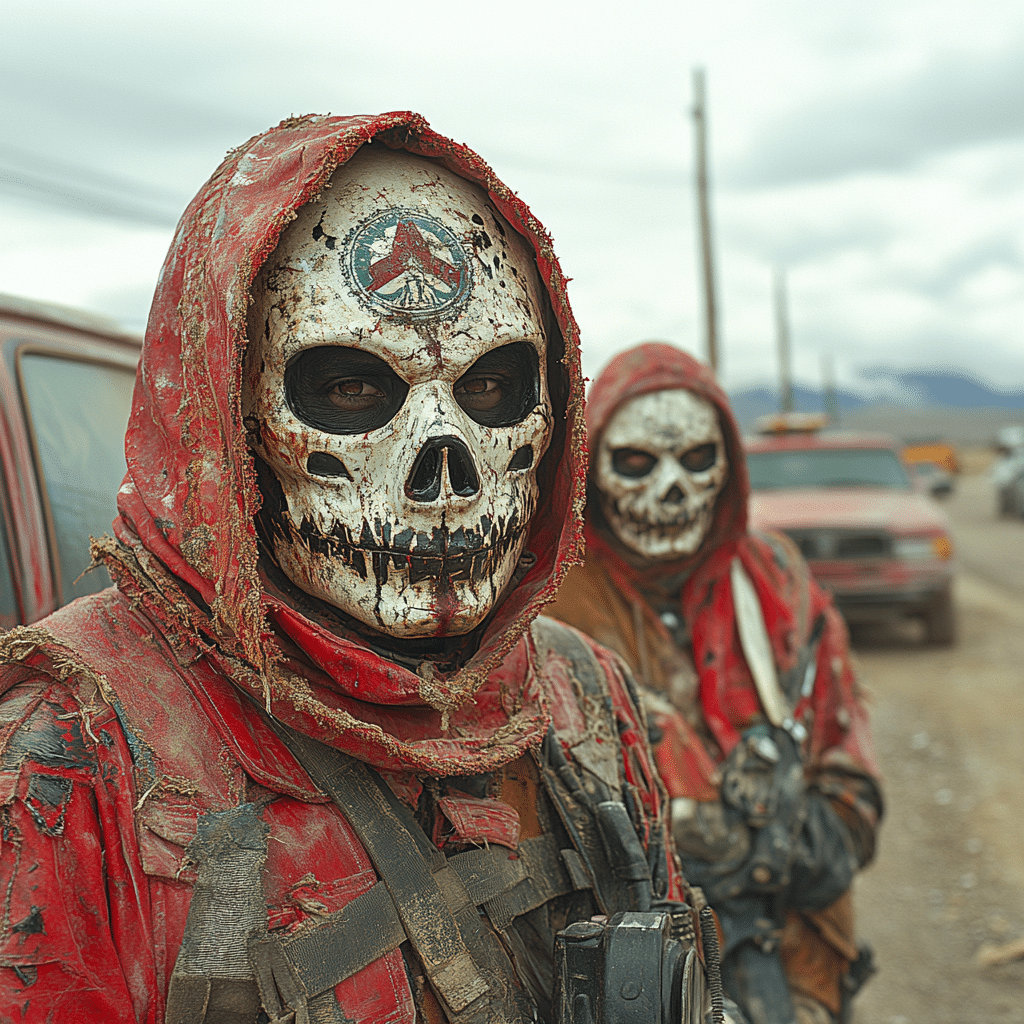
Where are the Mexican cartels located?
Mexican cartels are primarily located throughout Mexico but have a strong presence in states like Jalisco, Colima, Guerrero, Michoacán, and Guanajuato, among others. Areas such as Tijuana and Ciudad Juarez are hotbeds of ongoing conflict, especially between rival groups.
What Mexican cartels are active in 2024?
As of 2024, active Mexican cartels include the Sinaloa Cartel, Jalisco New Generation Cartel (CJNG), Los Zetas, Gulf Cartel, and others that operate across various regions of the country, engaging in battles for control.
Who are the top 5 Mexican cartels?
The top five Mexican cartels currently recognized are the Sinaloa Cartel, Jalisco New Generation Cartel (CJNG), Los Zetas, Gulf Cartel, and the Beltrán Leyva Organization, each playing significant roles in drug trafficking and organized crime.
Why is it called a cartel?
The term “cartel” finds its roots in the Latin word for “letter” or “document,” initially signifying a letter of defiance. It evolved to mean a formal agreement between warring nations and, later, a coalition of businesses or organizations aiming to control markets.
Who is the biggest drug lord ever?
The biggest drug lord ever is widely considered to be Joaquín “El Chapo” Guzmán, the former leader of the Sinaloa Cartel, known for building an empire through various drug trades and his notorious escapes from prison.
What is the Golden Triangle in Mexico?
The Golden Triangle in Mexico refers to a mountainous region comprising parts of the states of Sinaloa, Durango, and Chihuahua, known for its significant opium poppy cultivation and drug production activities.
What is the war on drug cartels?
The war on drug cartels is a concerted effort by the Mexican government, along with U.S. assistance, to combat the power and influence of drug trafficking organizations, often resulting in intense violence and crime throughout the country.
How powerful is the Mexican cartel?
Mexican cartels wield substantial power, controlling drug production and distribution, often infiltrating government sectors, law enforcement, and local economies, which gives them a significant advantage over the state.
Who is the famous Mexican coke dealer?
The infamous Mexican coke dealer, often spotlighted in news and media, is Joaquín “El Chapo” Guzmán, whose reign over the Sinaloa Cartel made him one of the most recognized figures in the drug trade.
Who is the best drug cartel?
Determining the “best” drug cartel can be subjective and varies according to different perspectives; the Sinaloa Cartel is often cited for its extensive reach and operational capabilities, but it also has a history of violence and crime.
Why does Mexico have cartels?
Mexico has cartels largely due to a combination of poverty, weak law enforcement, and high demand for drugs in the U.S. and globally, which creates a lucrative environment for these organizations to thrive.
Who is a kartel?
A “kartel” isn’t a recognized term in English, but in some contexts, it might refer to a similar concept as a cartel, typically involving a group that collaborates to control a market or trade.
How did drug cartels start?
Drug cartels began forming in the late 20th century, partly as a response to the growing demand for narcotics in the United States, leading to the establishment of organized groups that could manage the production and distribution.
What is an example of a cartel in real life?
A real-life example of a cartel is the OPEC (Organization of the Petroleum Exporting Countries), where member nations cooperate to control oil production and pricing, much like drug cartels regulate their specific markets.
Where is El Chapo now?
As of now, El Chapo is serving a life sentence in a U.S. federal prison after being convicted on various drug trafficking charges and is not involved in any operations.
Where is the violence in Mexico?
Violence in Mexico primarily occurs in regions governed by drug cartels, with ongoing battles for territory and power, especially in border towns like Tijuana and Ciudad Juarez, as well as central states facing cartel conflicts.
Are there cartels in Texas?
Yes, there are cartels operating in Texas, primarily along the border, where Mexican drug trafficking organizations smuggle drugs across the border, affecting both states and local communities.
Where do illegal drugs come from?
Illegal drugs in the U.S. largely come from foreign countries, especially Mexico and Colombia, where cartels produce and distribute these substances, exploiting routes and networks to reach American consumers.

